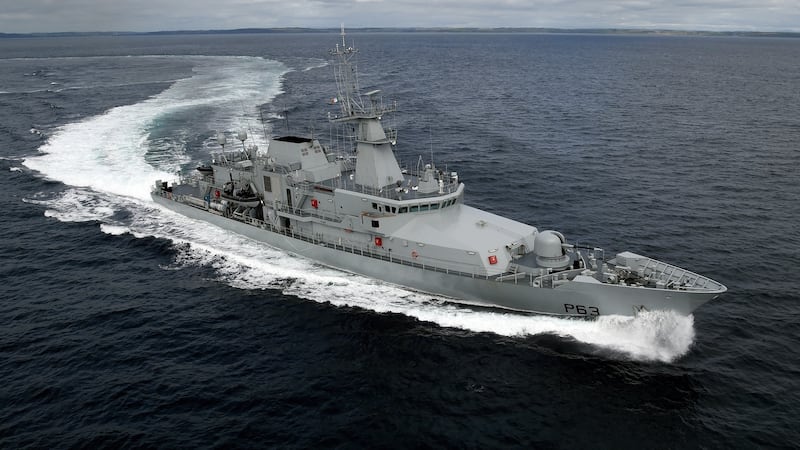In April the New IRA killed journalist Lyra McKee in Derry while attempting to shoot PSNI officers dealing with a riot.
In June, an off-duty police officer was described as very fortunate that a booby-trap bomb found under his car was defused before it detonated at Shandon Park Golf Club in Belfast.
In July, the Continuity IRA attempted to lure police officers to deal with a hoax device in Craigavon, Co Armagh and then to kill them with a secondary "deadly and unstable" booby-trap bomb.
PSNI deputy chief constable Stephen Martin noted the comparison with Monday's bombing at Wattle Bridge in Co Fermanagh, close to the Border with Co Cavan.
It was another trap, with police and a British army bomb disposal team enticed to the area with a hoax device, the apparent intention that they be caught up in the bomb that exploded nearby. Fortunately no one was killed or injured.
This year there were five dissident attempts to kill police officers. Mr Martin said a number of other attacks or planned attacks had been thwarted through the co-operation of MI5. He also referred to the good co-operation with the Garda Síochána in trying to limit the successes, as they would see it, of the dissidents.
The dissident republican threat remains at “severe” and has done so since 2009, meaning that an attack is “highly likely”.
The main threat over recent years has come from the New IRA. It was formed in 2012 when members of the Real IRA, Republican Action Against Drugs and a number of independent republicans came together.
It was responsible for the murders of prison officers David Black in 2012 and Adrian Ismay in 2016. Some of its members are believed to have been involved in the 2011 murder of PSNI officer Ronan Kerr in Omagh, and of British soldiers Patrick Azimkar and Mark Quinsey in Antrim in 2009.
The New IRA also wields considerable control in republican areas, particularly in Derry. It has carried out numerous “punishment” beatings and shootings. One shooting resulted in the death of 33-year-old taxi driver Michael McGibbon in Ardoyne in north Belfast in 2016. He bled to death after one of the shots severed an artery.
Splinter groups
There was no surprise, therefore, when Mr Martin said that one of the organisations being linked to the Fermanagh bombing was the New IRA. There was some surprise, however, when he said that the other main dissident organisation in the frame was the Continuity IRA.
It is the oldest of the modern-day IRA splinter groups, splitting from the Provisional IRA in 1986 but not becoming active as a paramilitary force until after the Provisional IRA ceasefire of August 1994.
In recent years it has been riven with division and also is viewed as heavily infiltrated with agents and informants. Nonetheless, as evidenced by the recent failed bomb attack in Craigavon and as Mr Martin acknowledged, “their level of activity has increased this year”.
Mr Martin was careful not to attribute Brexit as being a factor in the Wattle Bridge attack, although he did acknowledge that the "uncertainty" around the UK quitting the European Union was causing difficulty.
The dissidents themselves, however, have had no hesitation is saying they see Brexit as an opportunity to be exploited. Historian Marisa McGlinchey in her book, Unfinished Business – The Politics of “Dissident” Irish Republicanism, published in January noted how one senior dissident said he hoped “Brexit would be as hard as hell”, and how this was a general view among dissidents.
Mr Martin in his press conference on Monday was keener to state how the current political paralysis in Northern Ireland was contributing to a form of polarisation which in turn was aiding the ambitions of the dissident groups.
“I think we now need action,” said Mr Martin. “We need as a society, led by our politicians to absolutely set out, not just our condemnation of these people but to work collectively together. . . to actually say you do not represent the type of society we want to live in”.











